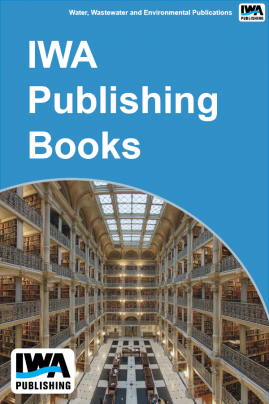 |
21st Century Water Asset Accounting: Implications Report
21st Century Water Asset Accounting: Implications Report

Green infrastructure, the use of soil, vegetation, and other natural landscape features to manage and treat water, is increasing in popularity as an alternative to traditional “grey” infrastructure for water management. However, challenges arise to the widespread adoption of green infrastructure practices because of the difficulty in evaluating, accounting for, and valuing the benefits of such practices.
This project developed new accounting frameworks to help public drinking water and wastewater utilities more accurately evaluate and catalogue their green infrastructure assets. We developed two model accounting frameworks that could be included in the unaudited supplementary disclosure of a utility’s comprehensive annual financial report (CAFR). We pilot tested these two frameworks at three participating utilities: The City of Raleigh (NC) Public Utilities Department, The City of Asheville (NC) Water Resources Department, and Clean Water Services (OR). We conducted surveys and semi-structured interviews to understand the utilities’ experiences with the accounting frameworks and how the frameworks could be improved.
This report summarizes the implications of the pilot tests, including implications of more widespread adoption of the accounting frameworks, and contributes to the growing body of knowledge surrounding green infrastructure, by offering two approaches for accounting and evaluation that more accurately reflect the value that green infrastructure provides for water utilities. This report also outlines the limitations of these frameworks and suggests future research needs.
Publication Date: 15/11/2014ISBN13: 9781780405131eISBN: 9781780405131Pages: 40 |
Print:
|